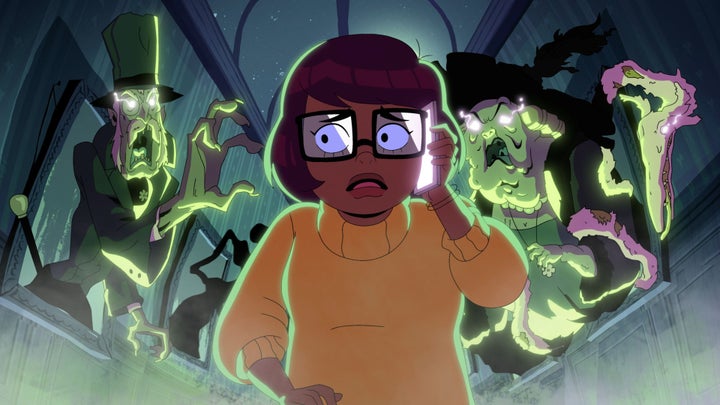
Despite, shockingly, just not being weird enough, Netflix’s “Wednesday” did succeed at following in the footsteps of the CW’s “Nancy Drew” in that it helped usher in a new era of female teenage TV sleuths who specialize in creepy crimes. And now, that torch has been passed to “Velma,” HBO Max’s entry into the iconic “Scooby-Doo” universe that premieres Thursday.
A spinoff of the ’60s and ’70s cartoon “Scooby-Doo, Where Are You!,” “Velma” catapults its cowl-neck sweater-wearing, spooky mystery-solving nerd to the lead character. Voiced by Mindy Kaling, who also serves as a producer and co-creator with frequent collaborator and showrunner Charlie Grandy, Velma has complexity, contradictions and more nuance than ever.
Part of that is because of the way the OG series was formatted. It’s an animated, adventure-seeking series that is less about the group of distinctive teenage sleuths — and their scaredy-cat great dane — of which Velma was a part, than the wacky mysteries they challenge themselves to crack in every episode.
(Fading central characterizations into the background is not unlike many adult crime procedurals today, including “Law and Order.”)
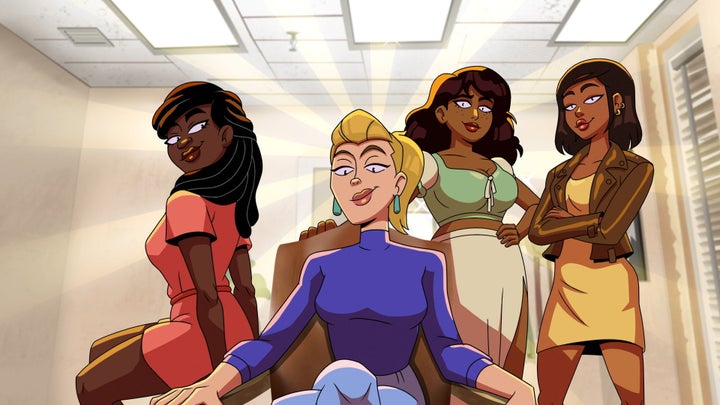
“Velma,” obviously, delves deeper into her narrative, giving her an emotionally unavailable dad, a mysteriously missing mother, friends, frenemies, and a sexuality while rightly positioning her as the central gumshoe in an increasingly bizarre case of murdered hot girls at her school.
It’s what you might expect from the “Scooby-Doo” universe, though very obviously sprung in part from the mind of Kaling, who infuses her identifiable humor, pithiness and cultural identity into Velma. Her race was changed from white in the original series to Indian American here.
Like previous iterations of “Scooby-Doo” that came after the original, “Velma” propels the character into the present day — reimagining her as strictly a high school student without the Scooby gang by her side but still gifted with the ability to solve crimes.
The mystery-loving group, as we learn later in the season, doesn’t exist in this iteration, though there are many smart nods to its likeness gleefully scattered throughout the series.
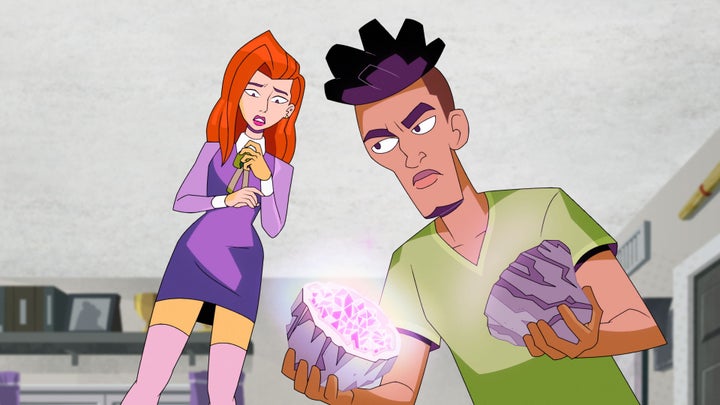
Flame-haired Daphne, checked-out Shaggy and self-proclaimed head honcho Fred (voiced by Constance Wu, Sam Richardson and Glenn Howerton, respectively) are, however, part of this story. But, like Velma, they’re reimagined — and in Daphne’s and Shaggy’s cases, race-bent (more on that in a bit) — with fuller stories.
Daphne is a misunderstood mean girl, Shaggy (referred to as Norville on “Velma”) is a low-key problem solver, and Fred is the ditzy blond with daddy issues.
That is to say, “Velma” has a lot of winky moments that fans of the original series can appreciate, without the writers seemingly feeling the need to defecate all over it like so many other rebooted shows have done.
Yes, Fred was always the white guy who was the smartest person in the room only because he said so. Daphne has always been a vapid, impeccably dressed teen who pulled her weight among the group but never had much meaningful input. And Shaggy, er, Norville was pretty useless until the eleventh hour.
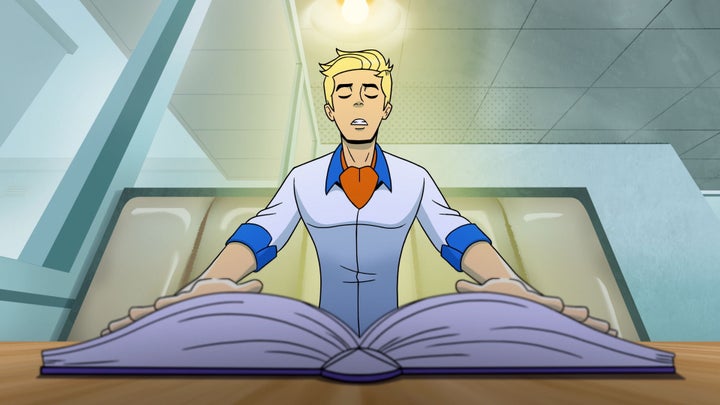
“Velma” acknowledges all of this, while also celebrating the characters enough to want to dig deeper into them here.
Kaling is certainly an apt and crucial voice behind the series in many ways. If you’ve watched her work particularly on “The Office” or in the movie “Late Night,” then you know she’s always had a knack for lightheartedly crucifying gender, social, racial and sexuality norms. Beyond changing Velma’s race, she’s also queer here.
And, perhaps because she has such an influence on her own material, enhanced by the fact that she writes a lot of it, she has the freedom to create hilariously messy female characters of color that don’t easily fall into the badass-female trope. Her Velma is no exception.
She is hella smart and clearly the brains behind any murder-solving operation (unsurprisingly more so than the actual law enforcement), while at the same time trying to track down her mom and pretend to not care that she has no date to the prom. The character can also be quite self-centered and totally overlook the needs of her friends.
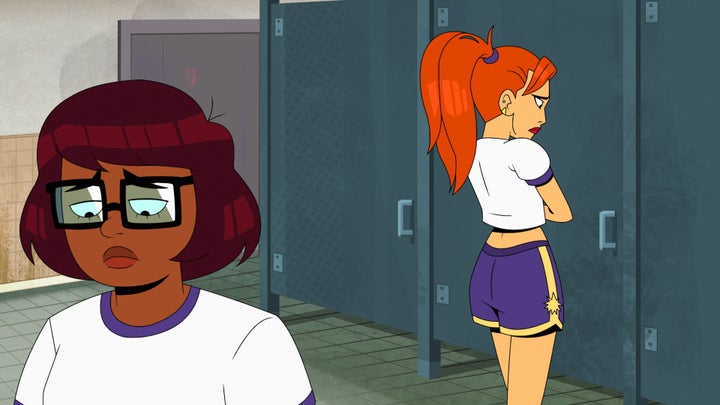
Or, wrongly assume her friends aren’t filled with just as many complexities as she is.
But just like the many white creatives who have undoubtedly influenced Kaling, she also finds an uncanny way to center whiteness. And quiet as that seems to be kept among broader audiences, it’s become typical in Kaling’s productions. Many frustrated viewers of color have pointed it out on “The Mindy Project,” “Never Have I Ever” and “The Sex Lives of College Girls.”
For instance, Velma is, of course, initially infatuated by Fred, who couldn’t be any more white.
You can almost forgive that when Velma comes out and has her eyes on a particular girl who couldn’t be further from Fred in every way. But Norville, who’s sweet but written to be vaguely undateable, has a crush on her and she can’t even be bothered to take him seriously.
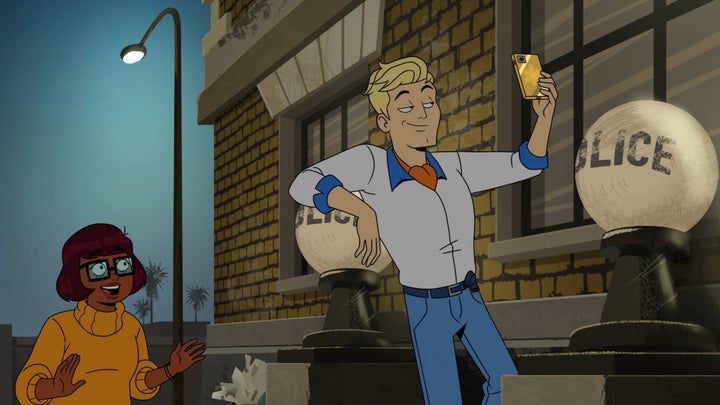
Then there is the background of Daphne, who is Asian American and adopted by a Black-white interracial lesbian couple (voiced by the hilarious Wanda Sykes and Jane Lynch).
While it would have been a great opportunity to have one of her adoptive parents be Asian American instead of white, what’s much more egregious is that one of her birth parents is white while the other is an Asian American woman who says she did a lot of drugs when she was pregnant and that’s why Daphne has orange hair.
(That’s not at all how drugs work, but OK).
Norville’s parents are also a Black-white interracial couple, which means pretty much all the main characters, except Velma’s parents, have a white parent.
It just all seems like a stretch to center whiteness inside a story that in part thrives on the fact that it doesn’t adhere to the social norms we see riddled in most screen narratives. “Velma,” and Kaling for that matter, has the opportunity to take things a step outside of what we’ve seen, but continues to play just within the confines of the okey-doke in this sense.
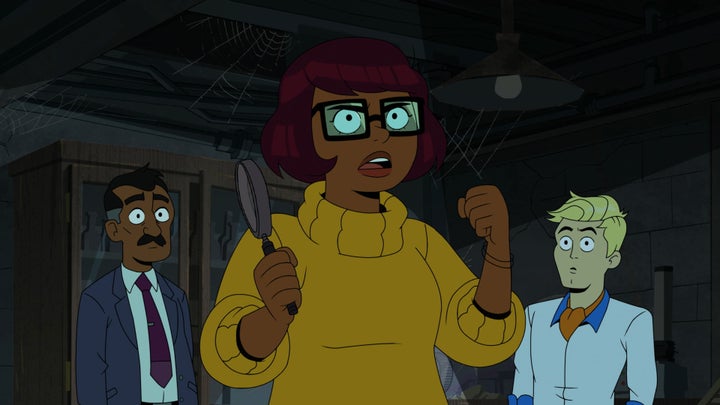
To be fair, Kaling’s narratives are far from the only ones guilty of this. Plenty do it, especially teen narratives including “To All the Boys I’ve Loved Before” and “Ginny & Georgia.”
But this trope makes “Velma” sometimes seem like it comes strictly from the imagination of a liberal white guy who’s trying really hard and doing a lot of good things, rather than a brown woman who doesn’t have to try and see the world outside of whiteness. That world presumably already exists to her.
This is one of those things that will give some viewers pause. But, because there are so many other delightful things going on in “Velma,” as with all of the productions Kaling’s involved in, this flaw ends up being a caveat.
Many young millennials and Gen Zers will appreciate “Velma” for its progressive story, while others might relate to one character’s posit that everything that happens to teens in movies is not not so much their fault but rather their parents’. Because there’s a real emphasis on the problems that arise within the parent-child relationship here.
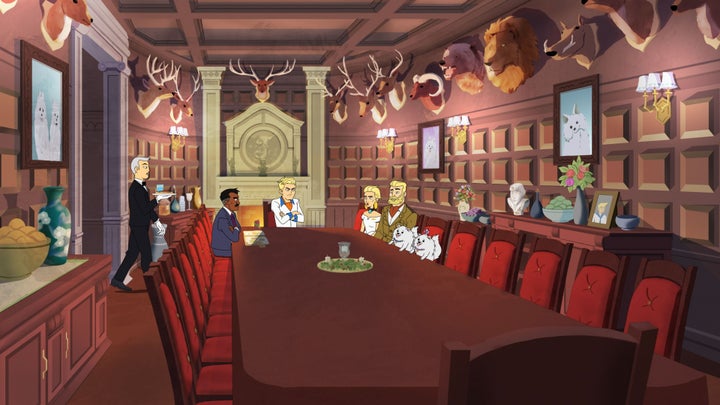
Meanwhile, fans of the OG series will likely revel in the many references that pop up in “Velma,” like the infamous “mask-pulling” technique of the ’60s and ’70s and a shoutout to “those meddling kids.”
Or this line: “[redacted for spoilers] is worse than going from a beloved cartoon to a playful reimagining.” “Velma” knows its place in the canon, is aware enough to know how it will be perceived, and perfectly plays with that.
The show also subverts the teenage girl makeover trope we saw in so many teen rom-coms like “She’s All That,” while also finding a smart way to nod at teen horror movies like “Carrie,” “Halloween” and “Scream” that famously kill off the pretty, popular girls.
Because, like “Velma” implies, it’s also not easy being a pretty girl. “I’d punch you if men didn’t sexualize women fighting,” one says on the show.
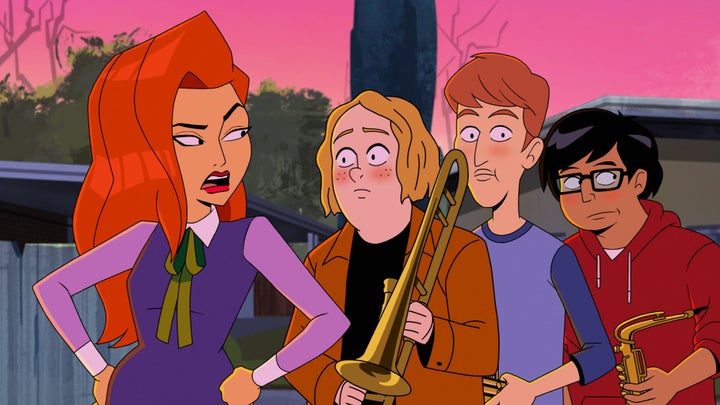
Teen and genre lore is so seeped into each line of dialogue in “Velma” that it’s impossible not to enjoy it in spite of its shortcoming. As the episodes progress, the story gets darker and more hilarious as well as heartfelt and wonderfully layered. The mystery of Velma’s mom’s disappearance gets more twisted as does whatever is going on with the hot girls at school.
Each character, even with their flaws, is given texture and humanity as they descend into the most outrageous (and ghastly) situations. All of this, plus its terrific cast (a special shoutout to Wu for her multilayered animated turn) makes “Velma” utterly satisfying.
But — jinkies! — it’s a shame about its one pesky trope.
